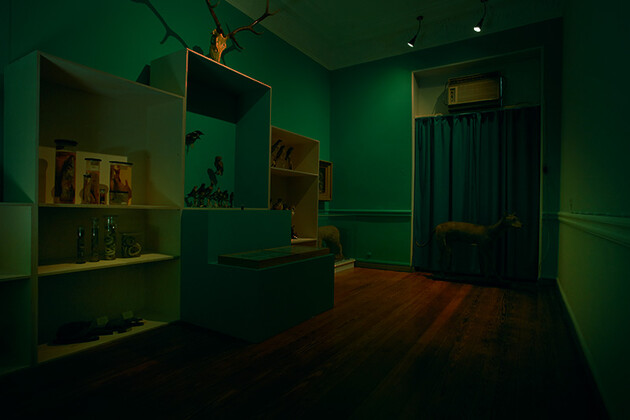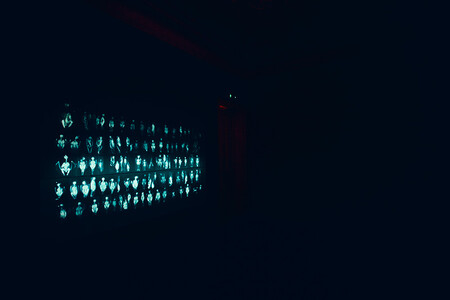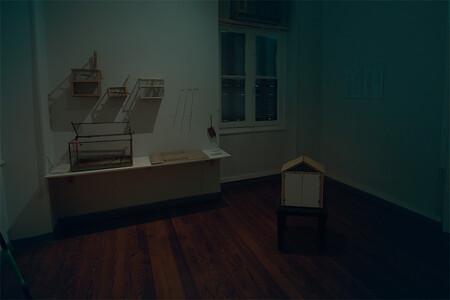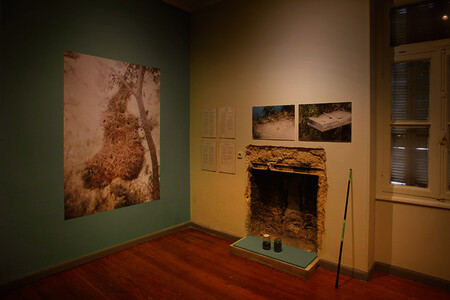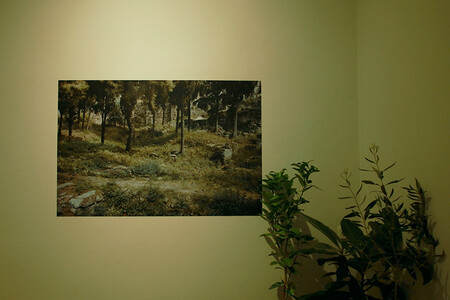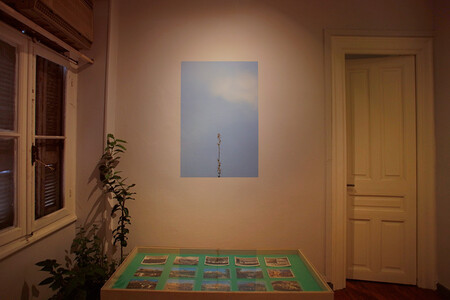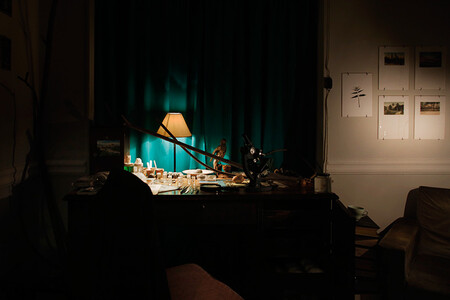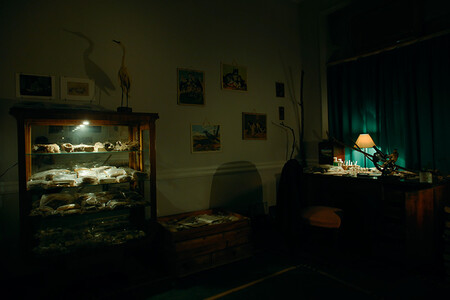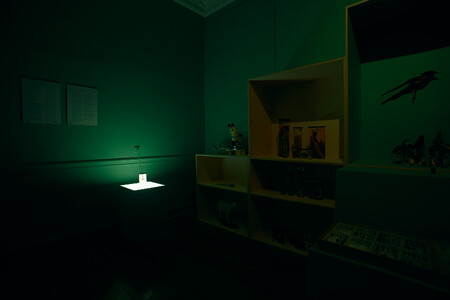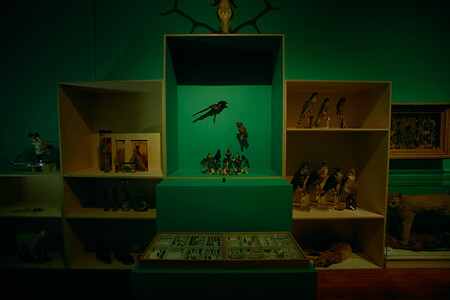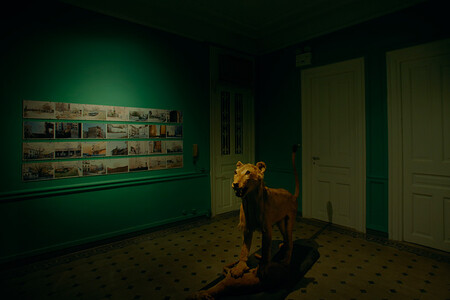Solo Exhibition Onassis Cultural Centre, Athens, Greece
Nature invades Victoria Square. The rooms of an old Athenian residence host a peculiar "Nature Museum". There, at 15 Derigny Street, an award winning Singaporean artist, in collaboration with Greek experts, mounts an adventurous installation showcasing the unknown flora and fauna of Athens – from the rivers that disappeared to the wildlife that was quashed by uncontrollable urbanisation.
The Nature Museum is a fascinating exploration of the Athenian natural history. Α bewildering universe of photographs, natural specimens, taxidermy, and documents in an old house in the centre of the city. Stories of Athens's missing rivers, the invasive Tree of Heaven, the nesting habits of monk parrots, and animals living on the edge of survival, are woven together to expose a surprising layer of reality that exists, ignored, but in plain sight in the heart of the city. The Nature Museum takes you on a journey through photographs, artworks and historical documents, narrating myriad stories of Athens's little-known biodiversity and aggressive urbanization.
The installation, curated by the visual artist Katerina Zavakou (Athens) in collaboration with Robert Zhao Renhui and the Institute of Critical Zoologists (Singapore) is derived from the personal collection of Athenian collector and amateur natural historian, Giorgos Charonidis, who spent almost 50 years chronicling the natural world in Athens. The collection reveals a hidden world of natural riches within the city, bringing to light the dramatic violence and loss lingering within the urban environment. The installation is fleshed out by a guided tour and lecture performance, created in collaboration with playwright Joel Tan.
At the heart of Athens' encounters with nature lies a deep story of violence and survival: rivers disappear while urbanized roads emerge, and wildlife bears the brunt of social and spiritual crises. Employing the Institute’s full range of investigative methodologies, the artefacts on display include archival images and historical texts, research papers, documentary photography and installation, all focused on the ways communities have interacted with nature in different time periods and geographical regions. In tracking these encounters and their histories, using methods drawn from historical knowledge-production to contemporary urban ecology, this show unites multiple strands of knowledge into a single museological encounter.
More Pictures:
The Nature Museum 08.31, 2017 -09.09, 2017

